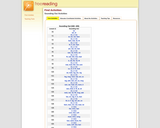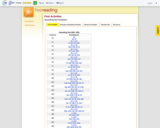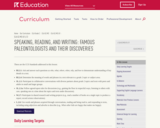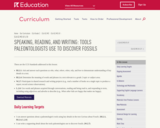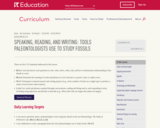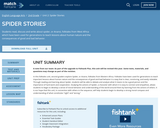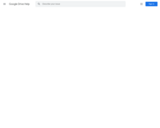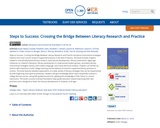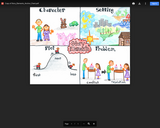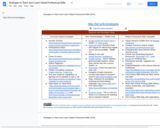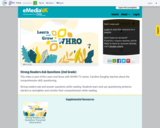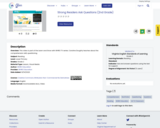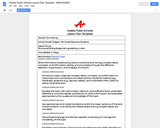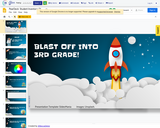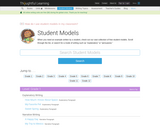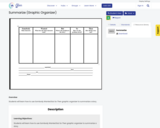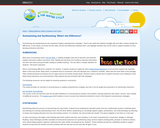In Sounding Out activities, students take a regular word, such as sat, produce the letter-sound pattern "sssaaat," and blend to produce the word sat. This is a crucial development in learning to read, bringing together skills that students have spent many weeks working on and providing the first excitement of reading unaided. Being able to sound out regular words also provides students with a self-teaching capability: they can decode unaided words they do not yet recognize on sight.
The objective of the Sounding Out sequence of activities is to teach students to take a printed regular word and decode it by producing letter sounds and blending them.
You can start sounding out as soon as students:
(i) know enough letter sounds to form words from letters introduced three or more days ago, and
(ii) have mastered phoneme blending (see Phonological Awareness Activities)
For instance, if you're using the amsti letter-sound correspondence sequence (introducing a new letter-sound pair every two days, and having covered oral blending and segmenting skills), after five letter-sounds you could begin sounding out with words using letters a, m, and s (assuming i was today's letter and t was from two days ago)--so you might begin with am and Sam.
The practice words for sounding out were selected so that students will get to practice skills they have already acquired, at the same time receiving feedback and motivation from reading real words.
This strand of instruction was constructed on the following principles:
We start with simpler CVC patterns and establish them before moving to more difficult patterns. (See this article on CVC notation for an explanation of C~VC, C.VC, etc.)
Once a new CVC pattern has been established, but before introducing the next pattern, we mix in words from previous patterns to provide additional practice.
We put more emphasis on practicing sounding out with high-frequency words, such as put, must, get, him, and can.
